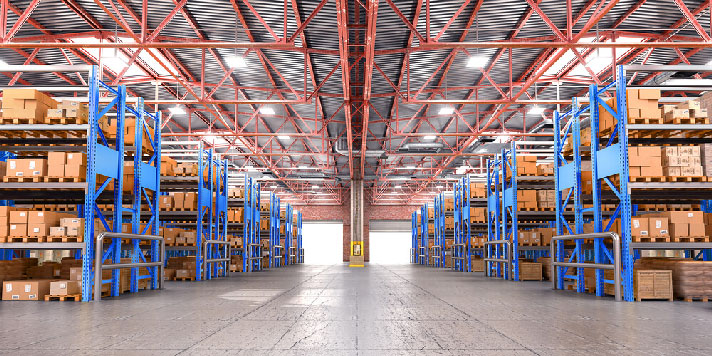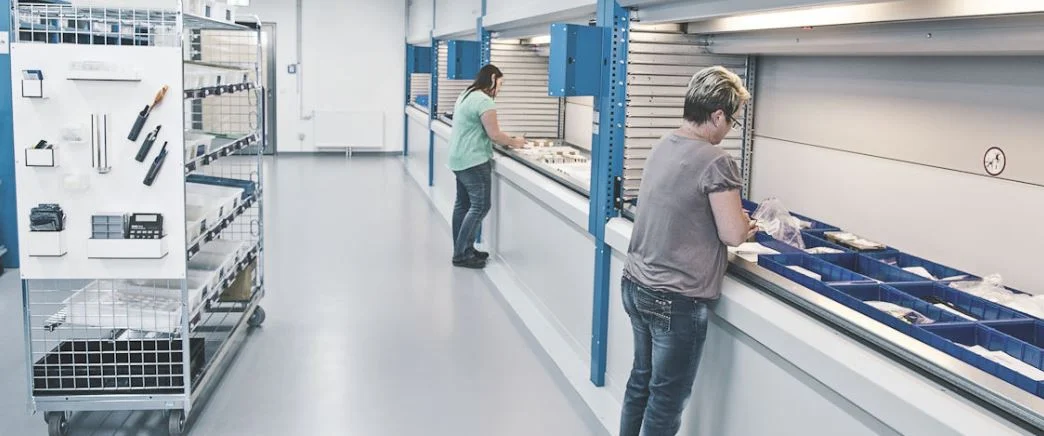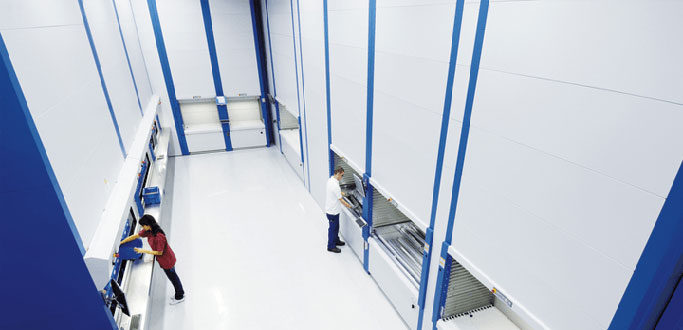Don’t have time to read this blog? Watch it instead!
Warehouses play an essential role in the supply chain. One that is efficiently organized will contribute to the business’s success and its bottom line. On the other hand, a less organized facility will hinder productivity, waste valuable space, increase costs, and jeopardize your customer service initiatives.
If your warehouse happens to be located in a state with inflated real estate prices—Florida, for instance—you can’t afford to waste any of your precious square footage. Warehouses must be clean and well organized to receive merchandise, prepare orders, load and ship boxes, and maintain excellent customer relationships.
However, while organizing is a worthwhile endeavor, it can also be a lot harder than it sounds. Each decision you make during the process must support your company’s goals of higher productivity, optimal use of space, lower costs, and better customer service.
Here are some suggestions to consider:
Start with Your Warehouse Layout
- Reevaluate your design: If you are starting from scratch, you have the advantage of getting things right, right from the start. If not, you can make improving your floor plan a long-term goal by designing an efficient flow from when the goods arrive into inventory until they reach shipping.
- Add labels and signage: After you have determined the layout, labeling the inventory and work zones will help workers find items quickly. Signs can warn employees of hazards and restrictions, such as ceiling height, to ensure their safety.
- Eliminate traffic barriers: It’s a waste of time—not to mention frustrating—when people have to detour around clutter. Keep everything away from the primary traffic areas, so your workers can move freely.
- Maximize the available space: As mentioned, space is finite and expensive. Use it wisely. Automated storage and retrieval systems (ASRS) are one excellent way to optimize warehouse capacity and maintain a tightly organized warehouse.
Manage Your Inventory
- Classify your inventory:To ensure you’re organizing every item, even the slowest moving ones, classify everything. Take a thorough inventory of your stock and how often it moves. You can then categorize it accordingly.
- Utilize totes and bins: Using totes, containers, and dividers helps keep your parts organized and protected. You will maximize your storage space, improve picking accuracy, and increase production.
- Implement a slotting strategy:Warehouse slotting is a step-by-step process of organizing inventory by analyzing data to categorize and classify it throughout a warehouse. The goal of slotting is to free up space, improve inventory visibility, reduce inventory handling, and minimize errors.
- Improve your receiving process:Manage the incoming inventory as efficiently as the goods you are shipping out. Check the boxes that come in the door for accuracy and condition and immediately store them in the correct totes and bins.
- Maximize capacity with automated storage: As mentioned earlier, commercial real estate is costly in Florida (our home base), so by taking advantage of the vertical height in your facility, ASRS maximizes storage capacity in 85 percent less floor space! Take a look at the numerous types of automated storage and retrieval systems available to help you get organized.
- Keep your inventory lean: Not only does excessive inventory waste money, but when you have less stock on hand, there is less to organize. Lean your inventory to align with just-in-time (JIT) practices.
- Organize your safety stock: You should always have some inventory on hand for unpredictable spikes in demand. Designate a separate location for this safety stock and keep it organized.
- Cycle count regularly: Keep track of your inventory regularly with cycle counting. You can eliminate the costly year-end inventory count, maintain accurate inventory levels, and continually support your organization goals.
- Use a warehouse management system: Warehouse management systems (WMS) support many warehouse organization ideas. Your WMS data helps you classify and slot inventory, determine proper storage methods, and track inventory movement.
Maintain Clean and Clutter-free Work Areas
Keeping a clean workplace has several benefits: it prevents damage to inventory and increases productivity. It keeps your employees healthy, along with your bottom line. Here are a few final ideas to ensure that your newly organized facility stays that way!
- Clean routinely: You can have your workers clean at the end of each shift or hire a professional cleaning service. Either way, supply them with a checklist to ensure that they don’t miss anything.
- Train your employees to keep everything organized:After you’ve transformed your disorganized warehouse into a new and improved facility, train your people to maintain it. Set expectations and regularly check in with them to ensure the new layout is sustainable.
- Keep aisles clear at all times:Forklifts and other vehicles need a clear path to safely move through the facility, keeping the workers and the equipment safe.
Meet your Organizational Goals with an ASRS Solution
Make Kardex Storage Systems your strategic partner in meeting your objective of an organized facility. One or more of our solutions will help you save floor space, increase productivity, and become better organized. Contact us to discover how!






